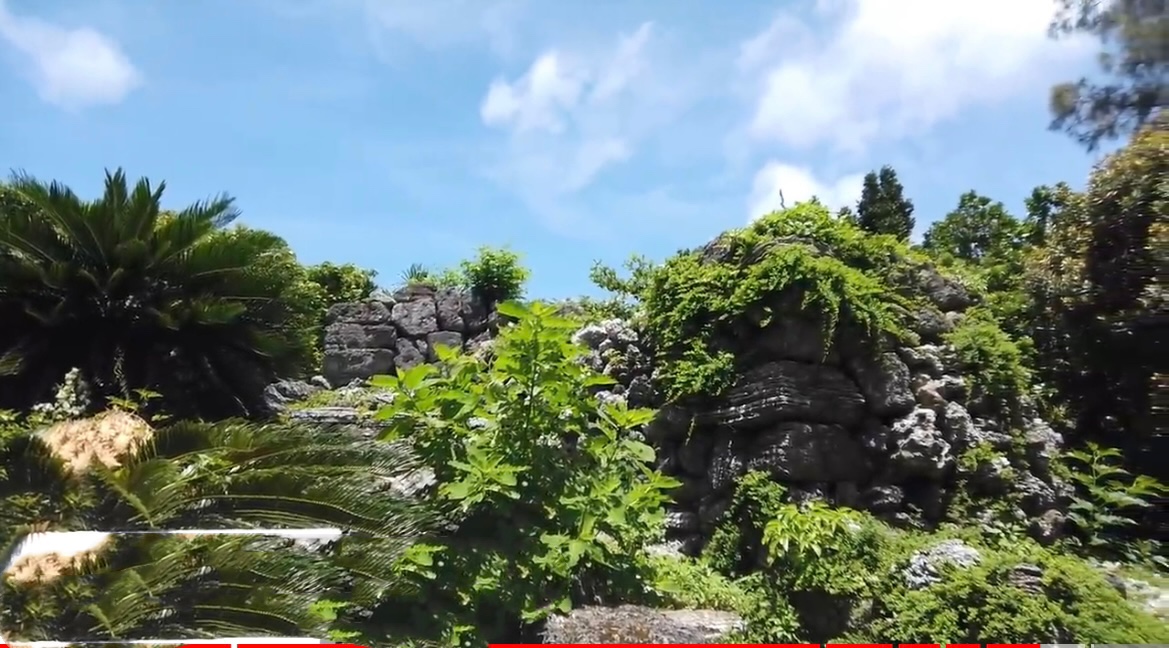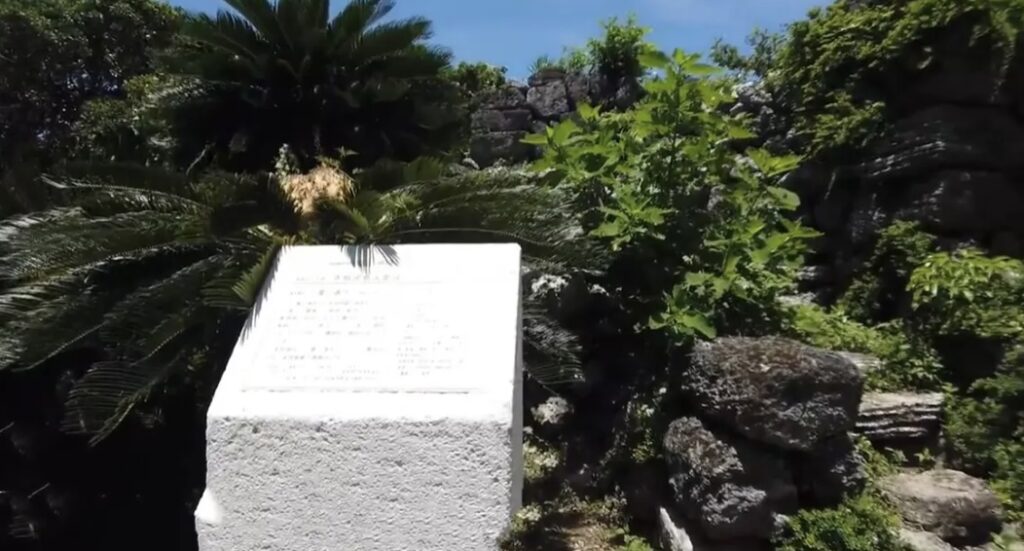
“A historic watchtower on Tarama Island, offering stunning views and popular with visitors.”
The History and Appeal of the Sakishima Islands’ Hibannmui
Overview
The Hibannmui (Fire Beacon Watchtowers) of the Sakishima Islands refer to a network of historic watch stations scattered across the Miyako and Yaeyama archipelagos in Okinawa Prefecture. On March 23, 2007, 18 such locations across 13 islands (in 2 cities, 2 towns, and 1 village) were designated as National Historic Sites of Japan. Later, on March 18, 2014, an additional site on Ogami Island in Miyako City was added, bringing the total to 19 sites on 14 islands.

Historical Background
Due to their geographical proximity to China, these islands became strategically important in the 17th century. Around 1644, the Satsuma Domain—then the overlord of the Ryukyu Kingdom—ordered the construction of watchtowers known as Hibannmui. These towers used fire signals (known as noroshi) to communicate sightings of ships. The system monitored tribute ships traveling to China and the approach of foreign vessels, relaying signals from tower to tower to reach government offices and, ultimately, the royal court in Shuri.
Role and Function
The primary function of the Hibannmui was surveillance. By using smoke signals to convey information quickly, these watchtowers played a critical role in the Ryukyu Kingdom’s defense and communication network. Today, they are valuable historical landmarks that reflect the region’s former strategic importance.
Designated Sites
The original 2007 designation included 18 sites on 13 islands. In 2014, the Ogami Island watchtower was added, bringing the total to 19 sites on 14 islands. These locations are spread across the Sakishima Islands and offer visitors insight into the history and culture of the region.
Modern Significance
Today, the Hibannmui sites are recognized as important cultural and historical tourism resources. Visiting them offers a glimpse into how the Ryukyu Kingdom managed defense and communication centuries ago. Combined with the region’s scenic beauty, these sites provide meaningful and memorable experiences for travelers.
Visiting Tips
When visiting the Hibannmui, it’s helpful to understand the historical background and function of each location. Every site has its own landscape and story, reflecting the unique characteristics of the island it resides on. Joining a local guided tour can greatly enhance your understanding and appreciation.
Conclusion
The Hibannmui of the Sakishima Islands are key remnants of the Ryukyu Kingdom’s coastal defense system. Learning about their history and function offers deeper insight into the culture and heritage of the region. If you have the chance, be sure to visit and experience the enduring legacy of these important sites.








最近のコメント